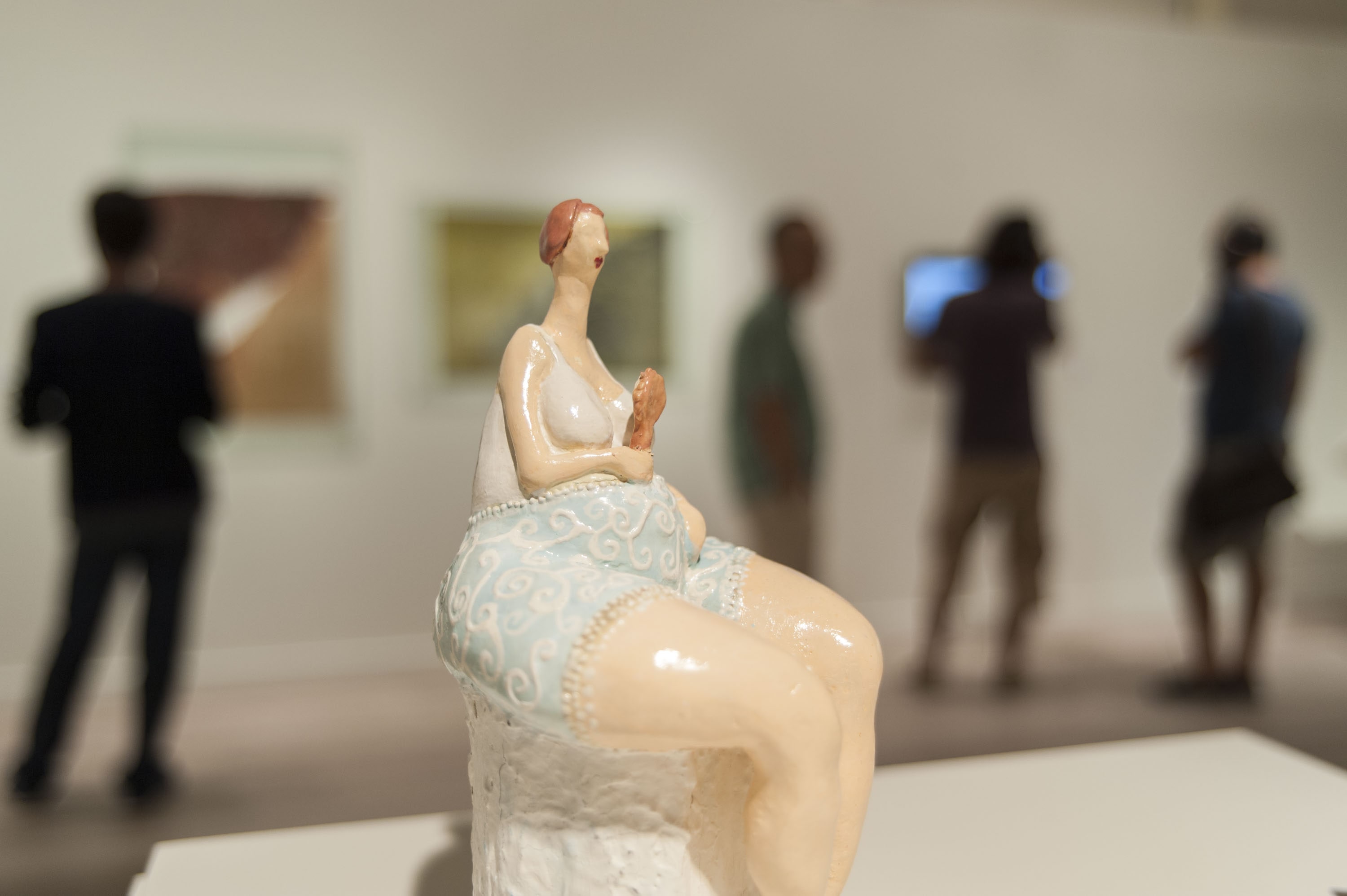Director: Han Jae-rim
Cast: Song Kang-Ho, Lee Jung-Jae, Baek Yoon-Shik
South Korea, 2013, 139’, color
Korece; Türkçe altyazıyla / Korean with Turkish subtitles
Nae-kyung, the most skillful face reader in Joseon dynasty, was living in seclusion when he was offered a lucrative partnership by Yeon-hong, a Korean geisha. Nae-kyung accepts the proposal to read the faces of Yeon-hong’s guests only to get involved in a murder case. With his face reading skills, Nae-kyung successfully identifies the murderer and his skills are soon acknowledged by King Moonjong who orders him to identify the potential traitors who threaten his reign. However after the unexpected death of Moonjong, Nae-kyung is courted by Grand Prince Sooyang who yearns to become King himself by killing the young successor Danjong. Nae-kyung decides to keep his loyalty to the late King and help KIM Jong-seo protect the young King which forces him into the biggest power struggle in the history of the Joseon dynasty.
Trailer

The Academy of Fine Arts in Sarajevo was founded in 1972 as the first Academy of Fine Arts in Bosnia and Herzegovina and became one of the forerunners in Bosnian contemporary art. Academy continued its operation throughout the war years (1992-1995) in besieged Sarajevo and participated in important international art projects.
Tuesday - Saturday 10:00 - 19:00
Friday 10:00 - 22:00
Sunday 12:00 - 18:00
The museum is closed on Mondays.
On Wednesdays, the students can
visit the museum free of admission.
Full ticket: 300 TL
Discounted: 150 TL
Groups: 200 TL (minimum 10 people)